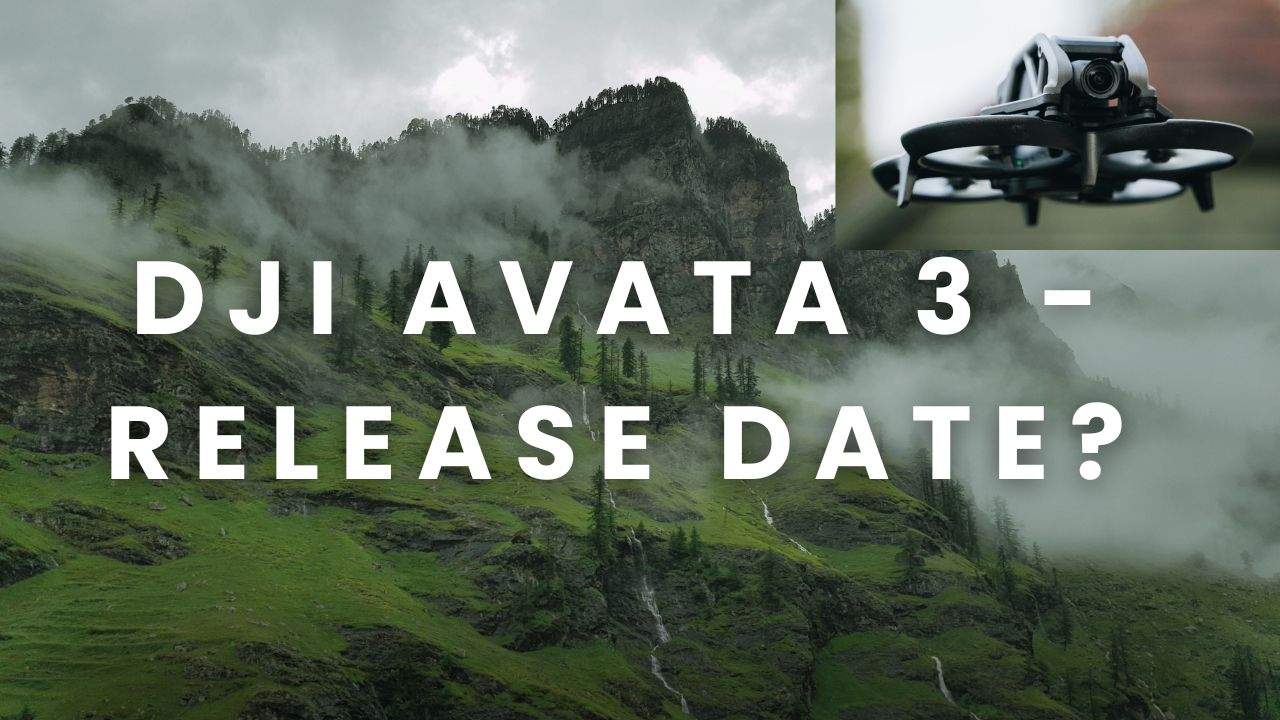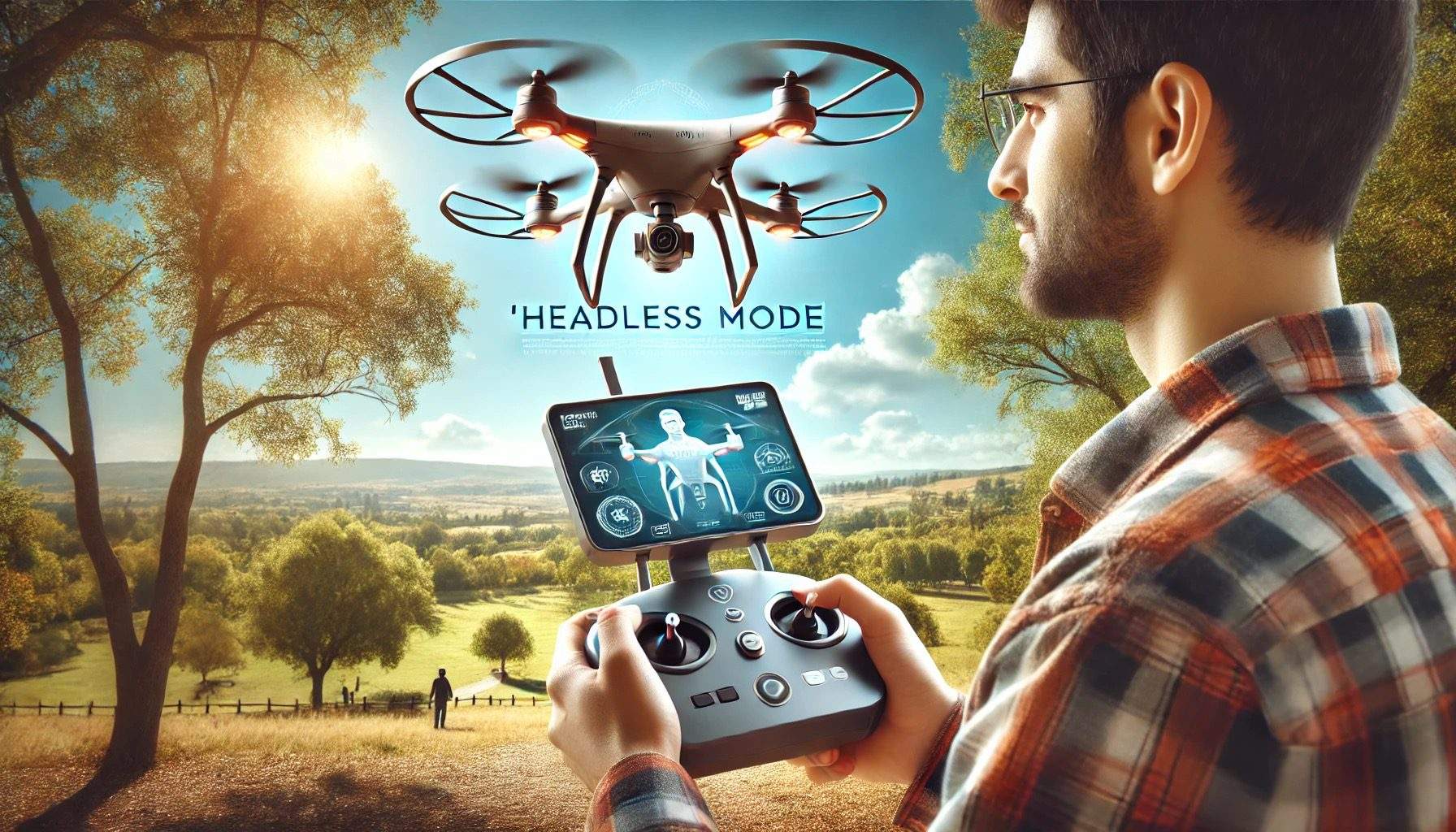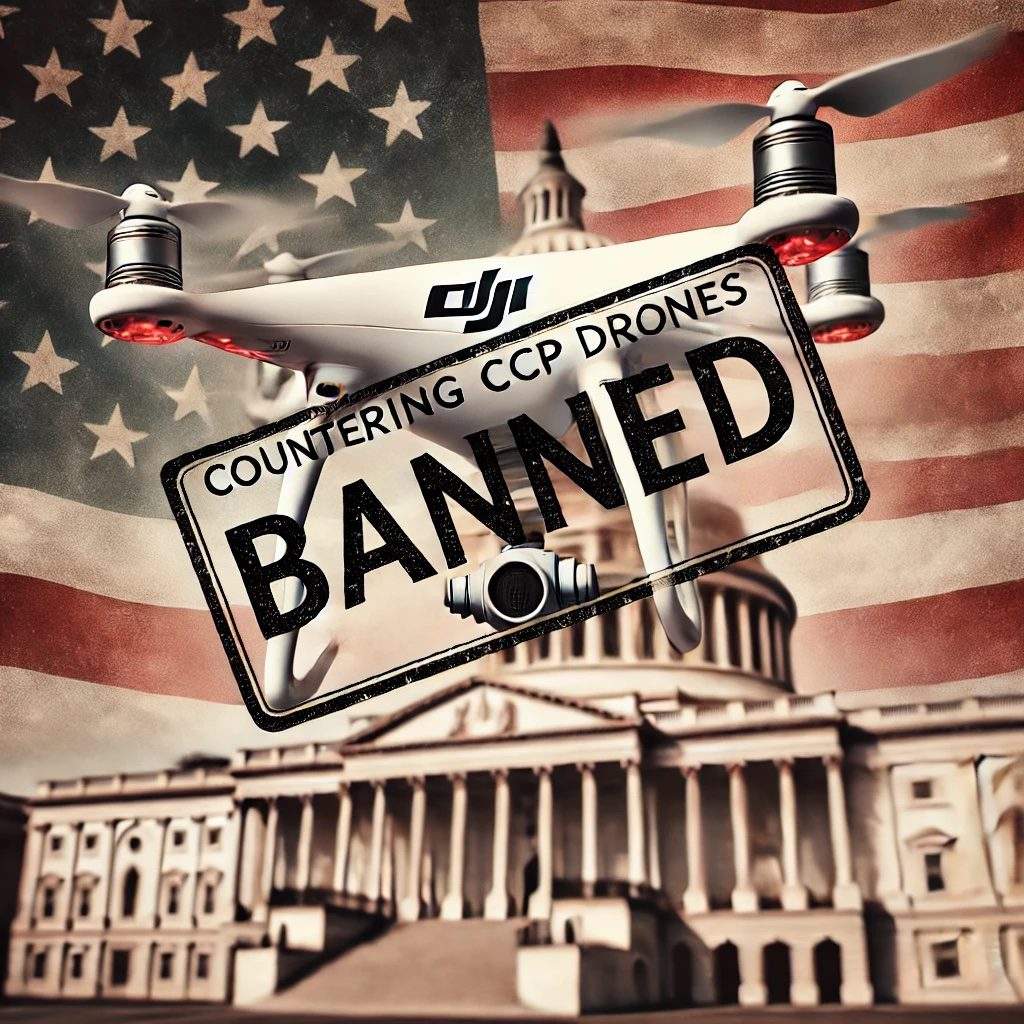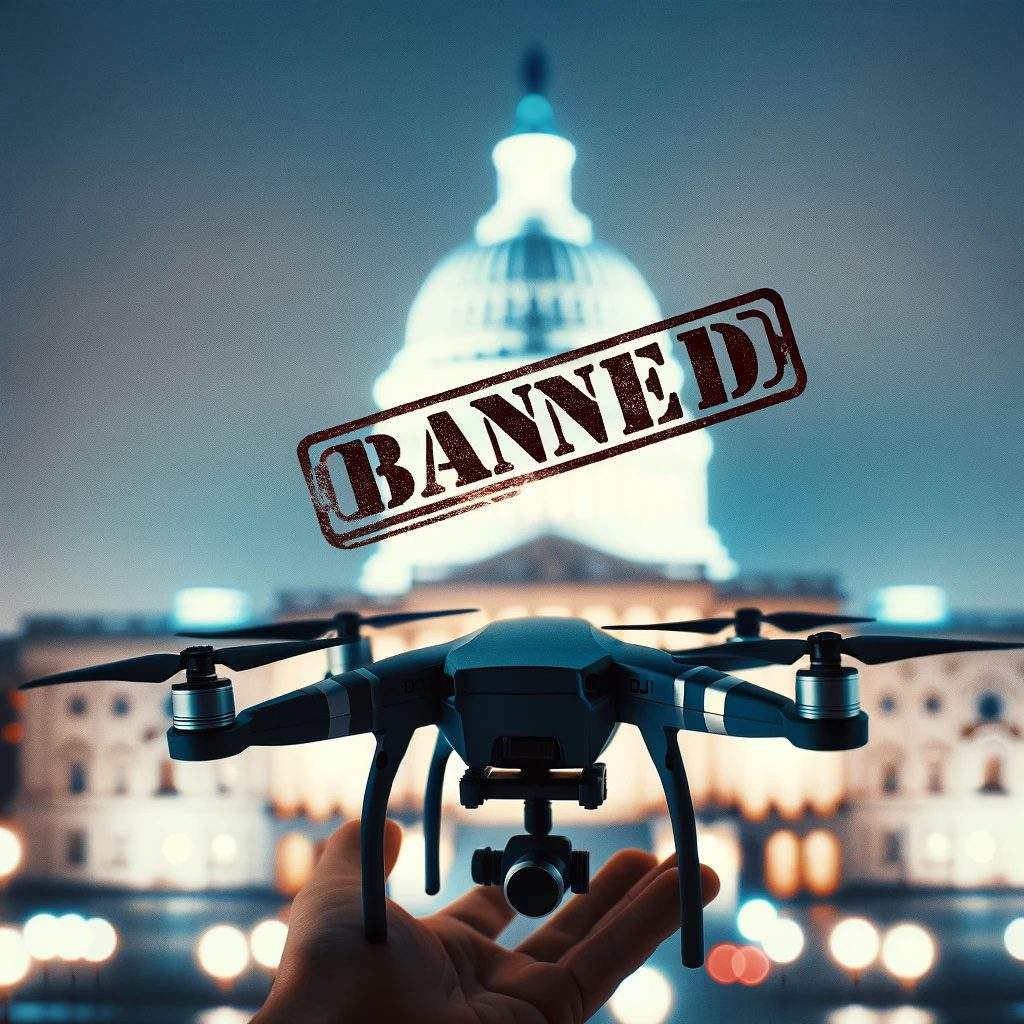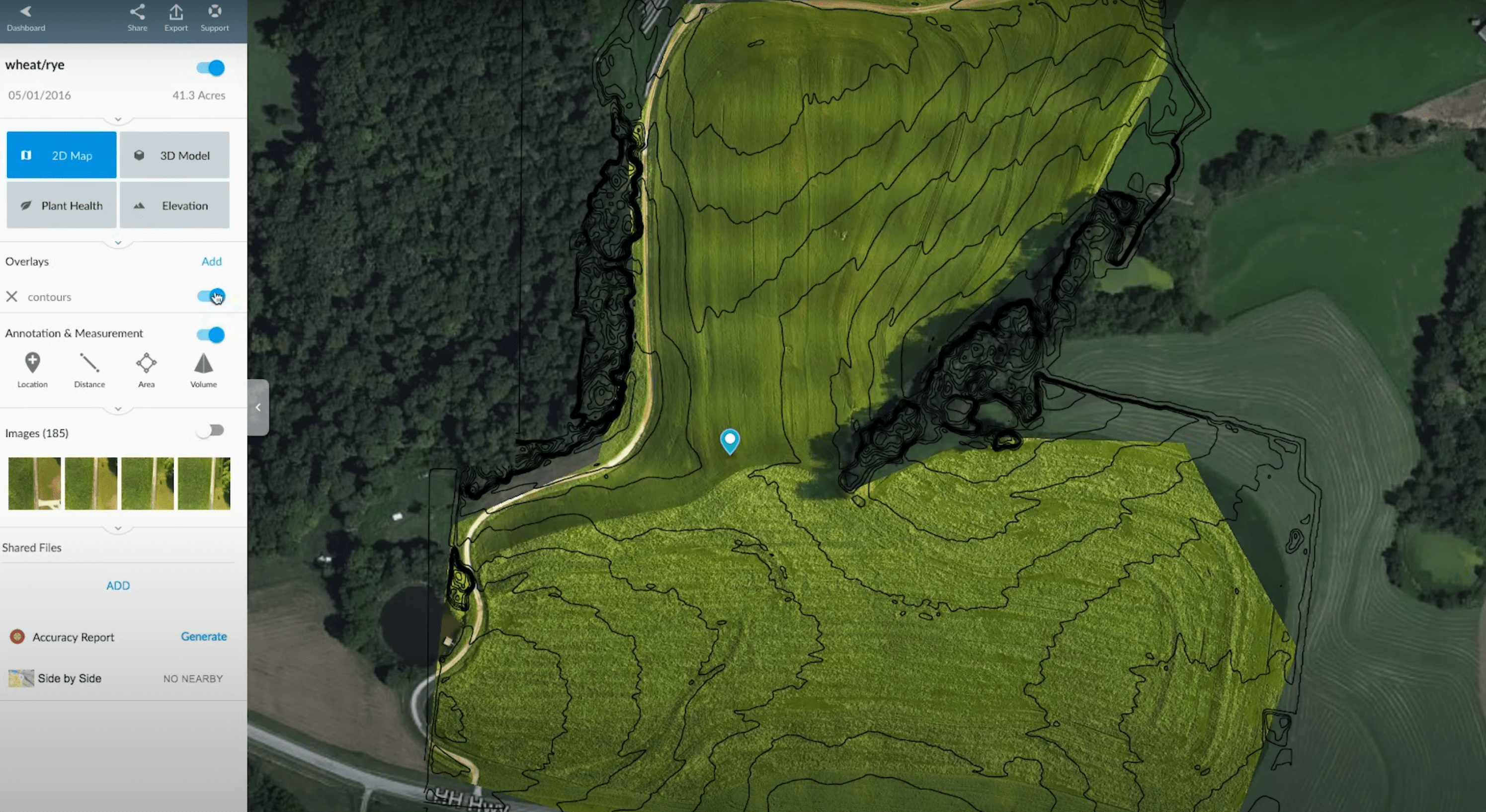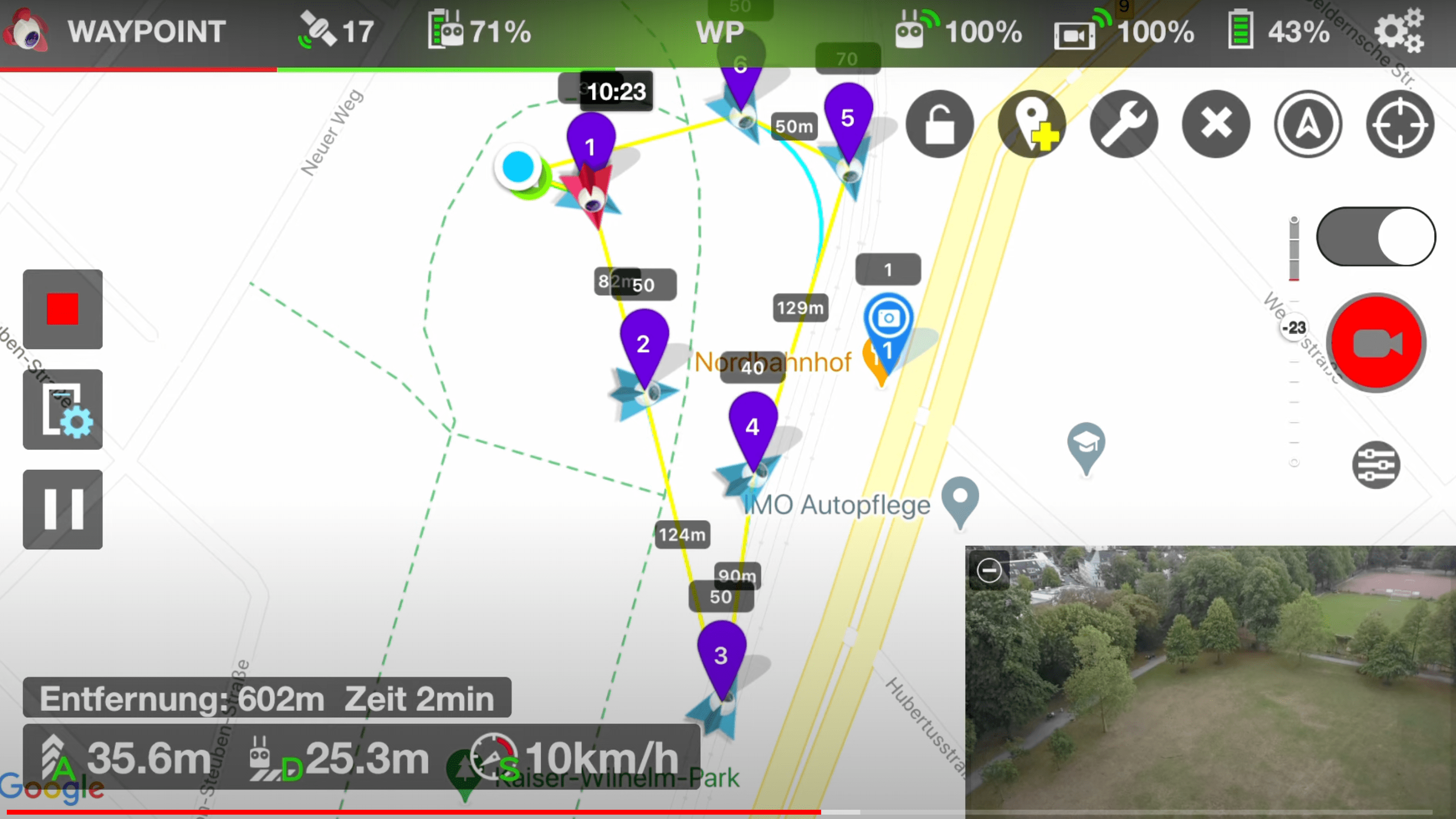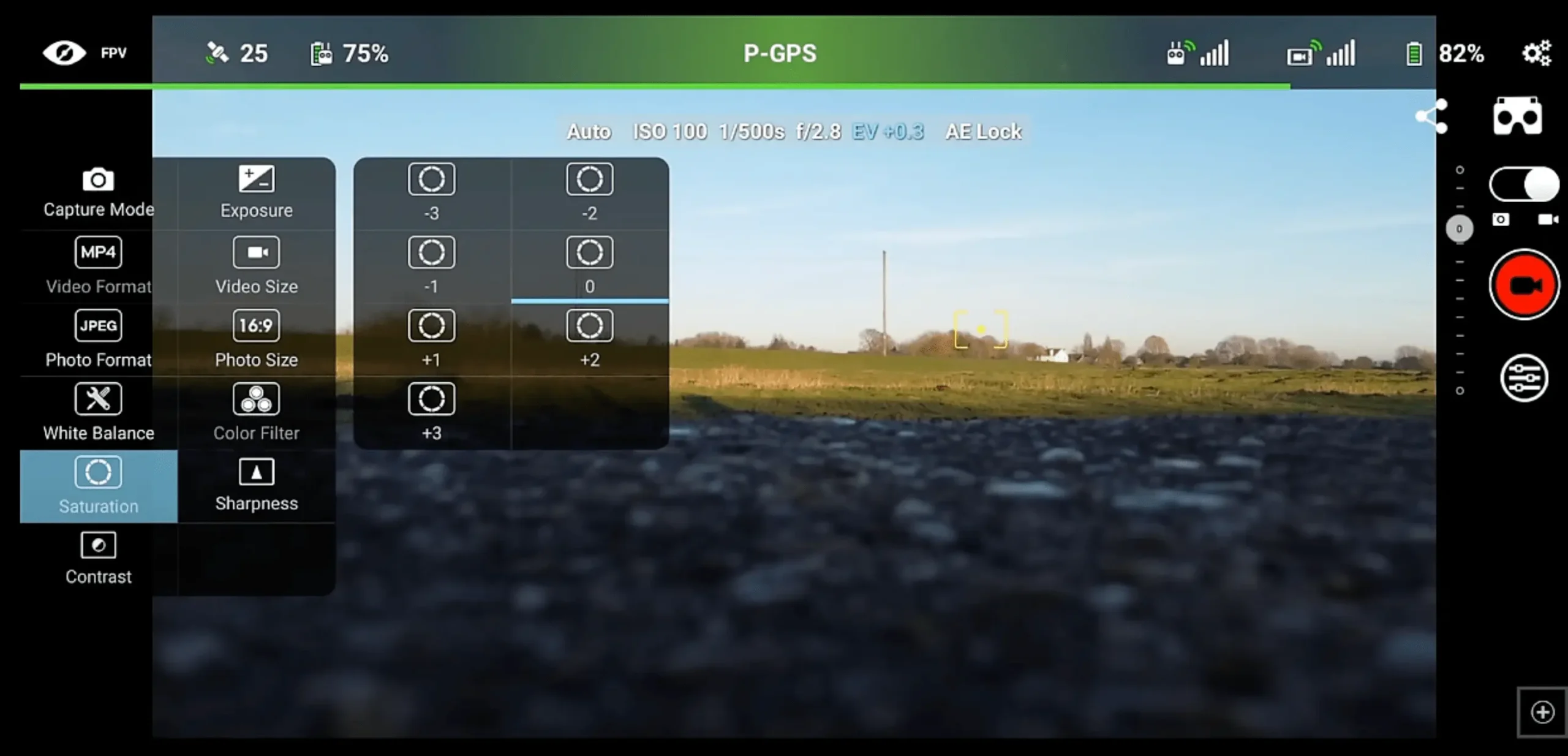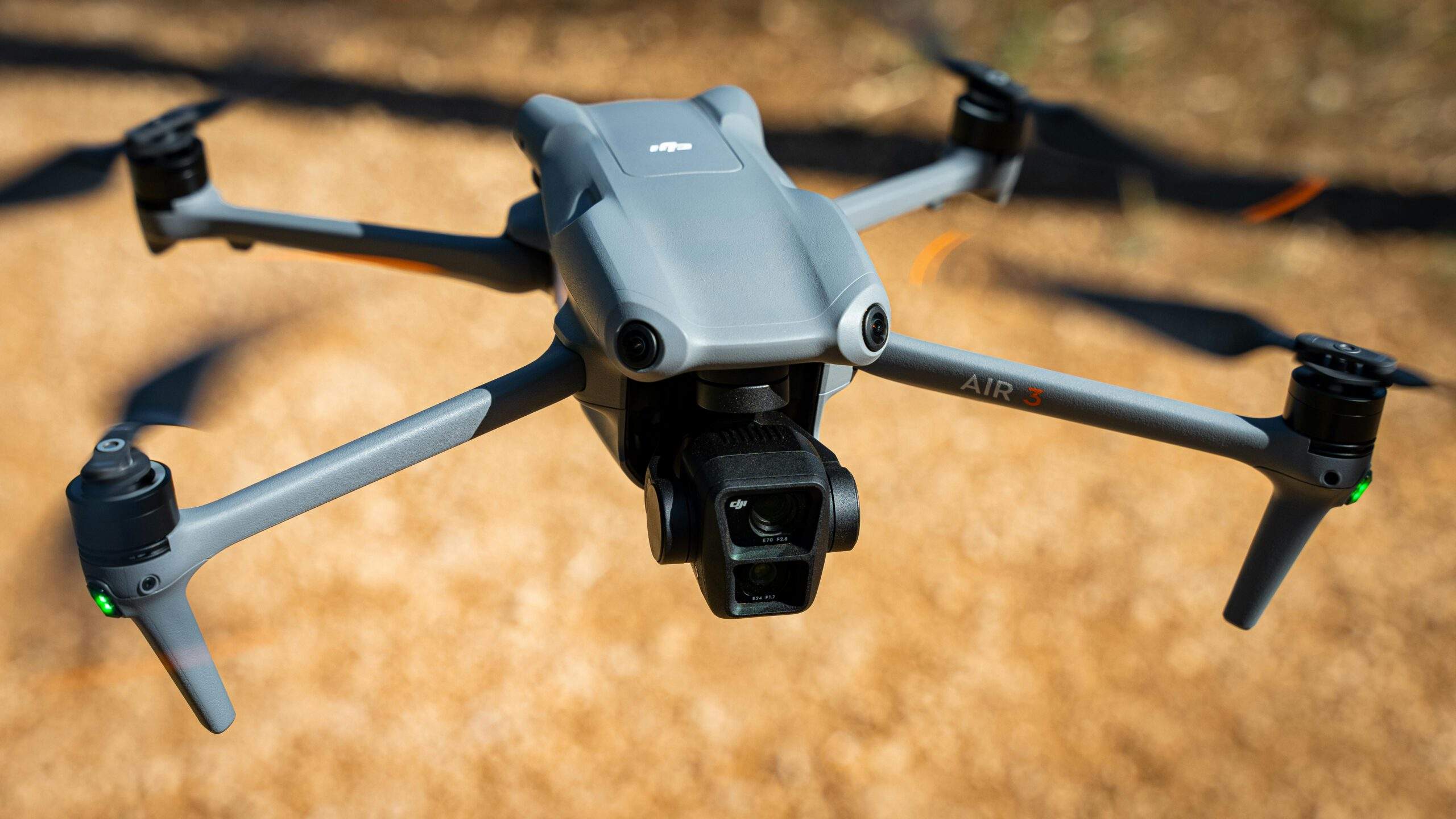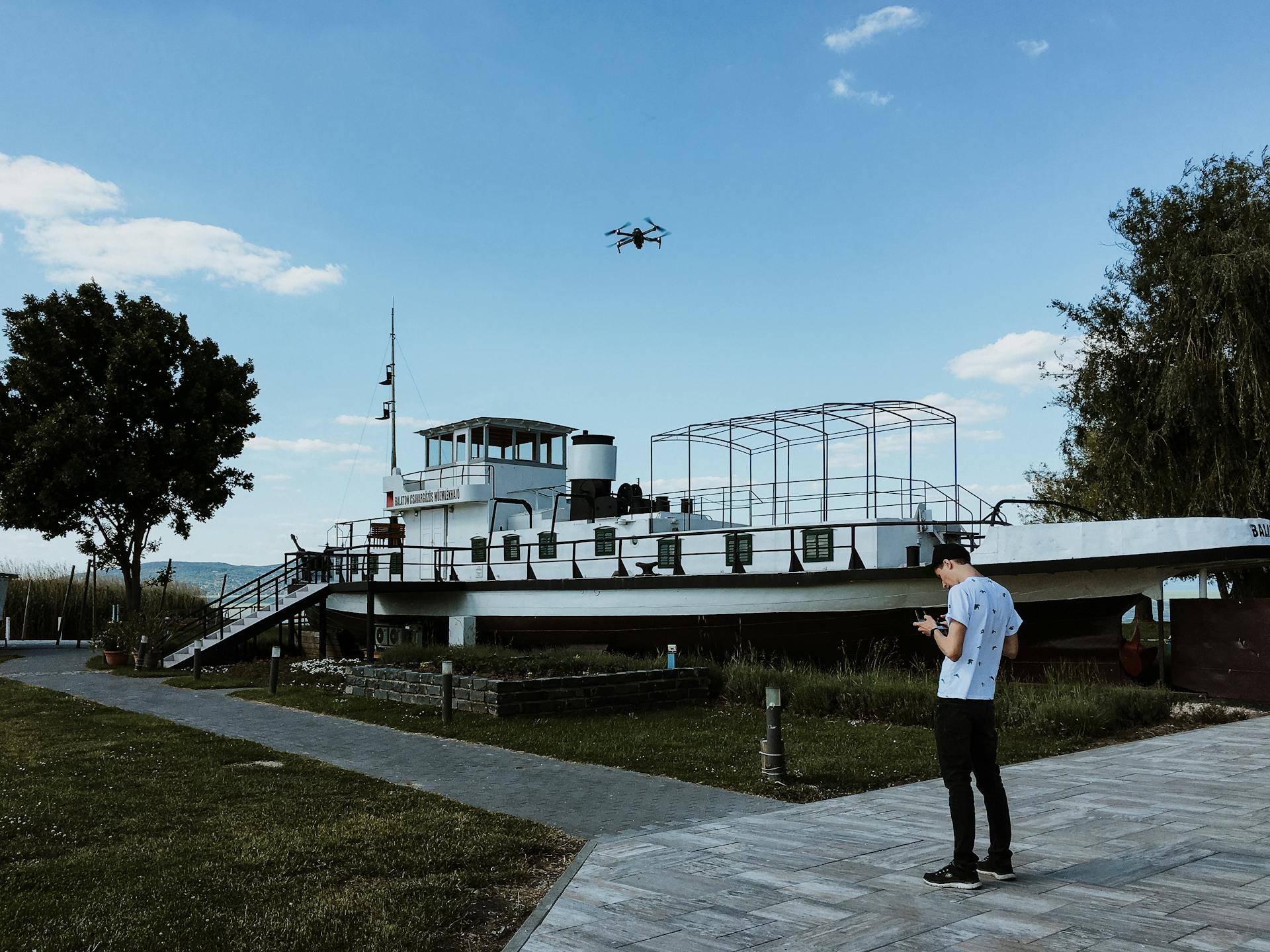Drones have opened up a whole new world of cinematic possibilities, turning ordinary folks into aerial videographers. With tools like the DJI Mini 3 and Mini 2, capturing breathtaking shots is easier than ever. However, there’s an art to drone videography that every beginner should master. In this two-part guide, you’ll learn the 12 easy steps to achieve cinematic drone footage. So, whether you’re holding the Mini 3 Pro or any other drone, these tips will be your roadmap to stunning videos.


Part 1: Pre-Flight Preparation
1. Understanding The Best Time to Record:
The time of day is crucial when capturing drone footage. Most filmmakers vouch for the golden hour, which refers to the time just after sunrise and right before sunset. During these periods, the lighting is soft, offering a warm hue to your shots. Conversely, filming during midday can produce flat visuals with overexposed highlights and minimal shadows. Such harsh lighting conditions can make landscapes look washed out and details harder to discern. For beginners, understanding and leveraging the golden hour can be the difference between amateur and professional-looking footage.
2. Predicting Sunsets for Vibrant Shots:
Capturing a perfect sunset shot requires a blend of preparation and a bit of luck. While apps like Sky Candy and Alum Glow provide predictions on color intensity, it’s always wise to rely on your observations and local weather patterns. Ensuring a sunny forecast and checking for ideal cloud cover, ideally low to medium, will increase your chances of catching a vibrant sunset. Using apps like Clear Outside can offer insights into cloud density and forecast. Keep in mind that while sunsets are beautiful, they change quickly, so ensure your drone is ready to fly and capture the moment.
3. One Movement Per Shot:
One of the most common mistakes beginners make is attempting too many movements in a single shot. This can disorient the viewer and detract from the story or scenery you’re trying to convey. Instead, maintain simplicity by sticking to one movement—maybe a straightforward push towards an object or a serene ascend to reveal a landscape. The goal is to keep each shot purposeful and deliberate. Over time, mastering each movement type will allow you to create sequences that flow seamlessly, offering a true cinematic experience.

4. Lock Exposure & Use Manual Settings:
While drones, like the DJI Mini series, come equipped with impressive automatic settings, they aren’t always ideal for consistent filming. Changes in the environment, like moving from a shaded area to a sunlit one, can cause the drone’s automatic settings to adjust exposure, leading to noticeable shifts in the footage’s brightness and color. By locking the exposure or venturing into manual mode, you retain control over how the scene is captured. Familiarize yourself with terms like ISO, shutter speed, and white balance. As you gain confidence, manual settings will be your best friend in achieving consistent, cinematic visuals.
5. Explore Unique Perspectives:
The sky isn’t the limit when it comes to drone videography—it’s your playground. Traditional cameras have their constraints, but drones offer an opportunity to redefine perspectives. From top-down “bird’s eye” views to sweeping low-angle shots, the possibilities are endless. Experimenting with different heights and angles can reveal patterns and vistas that are invisible from the ground. Such unique perspectives can add a layer of intrigue and wonder to your footage. As you plan your shots, think about how each angle serves your story or showcases the landscape, and you’ll find that the sky truly is your canvas.
Part 2: Perfecting Your Shots and Post-Production
6. Constantly Change Angles and Perspectives:
Variety is the spice of life, and when it comes to drone footage, this statement holds even more weight. Even if you’re documenting a singular subject or landscape, repeatedly altering your drone’s vantage point can elevate your final output. A slight tilt, a gentle swoop, or a change in height can completely transform how a scene is perceived. This constant evolution keeps viewers engaged and intrigued. Not only does it reveal multiple facets of your subject, but it also prevents your footage from becoming monotonous. The dynamic nature of drone videography is one of its biggest strengths, so leverage that by mixing up your shots regularly.

7. Simple Color Grading Enhancements:
Post-production is where your footage truly comes alive, and color grading is an instrumental step in this process. Even if you’re not an expert, with a few tweaks, you can greatly enhance the look of your video. Simple adjustments, such as increasing saturation to make colors more vibrant or deepening the blacks to add contrast, can elevate your visuals. Tools like Lumetri Color in Premiere Pro make it intuitive for beginners to start. By focusing on minute enhancements and ensuring you’re not overdoing it, you can make your drone footage look as mesmerizing as any cinematic masterpiece.
8. Acknowledge the Impact of Wind:
Mother Nature can sometimes be your toughest critic. Wind, especially, is a significant factor to consider when flying drones. Not only can it impact the drone’s flight path, but it can also introduce unwanted shakes and jitters in your footage. A breezy setting might sound romantic, but it’s not the most optimal for drone videography. Whenever possible, aim to film on calm days to maintain smooth, cinematic motion. However, if you do find yourself battling the gusts, remember that there are post-production techniques to salvage your clips.

9. Stabilize Footage in Post-Production:
Even with the best intentions, sometimes footage can come out less stable than desired. That’s where the magic of post-production tools comes into play. Software like Adobe Premiere Pro boasts the Warp Stabilizer effect, while After Effects offers Stabilize Motion. Both these tools can significantly reduce, if not entirely eliminate, minor shakes and jitters. A stable shot ensures viewers can focus on the story or scene you’re showcasing, rather than being distracted by any unsteadiness.
10. ND Filters for Bright Conditions:
Neutral Density (ND) filters are a drone cinematographer’s secret weapon. On particularly sunny days, these filters act as sunglasses for your drone’s camera. They counteract overexposure, enabling you to keep your shutter speed double the frame rate, which is the golden rule for cinematic motion blur. Using ND filters also prevents highlights from being blown out, preserving details in clouds or reflective surfaces. Investing in a good set of ND filters and knowing when to use them can be the difference between amateur and professional-looking footage.
11. Safety First! Know Your Drone’s Features:
Drone videography is thrilling, but it’s crucial to prioritize safety. Familiarizing yourself with local regulations, such as no-fly zones, is imperative. Ensure your drone always remains within your line of sight and be constantly aware of its battery life to avoid any unexpected landings. Many modern drones, like the DJI Mini series, come equipped with features like obstacle detection; understanding and using these can prevent accidents. Responsible flying not only protects your equipment but also the people and environment around you.
12. Practice and More Practice:
The path to cinematic excellence is paved with hours of practice. Every flight is an opportunity to hone your skills, experiment with new techniques, and understand your drone better. Whether it’s trying out a challenging movement, experimenting with different color grades, or even re-shooting a scene to perfect it—each endeavor adds to your experience. As with any craft, persistence, patience, and practice are pivotal. Embrace the journey of learning, and soon, every shot you capture will have that desired cinematic flair.



